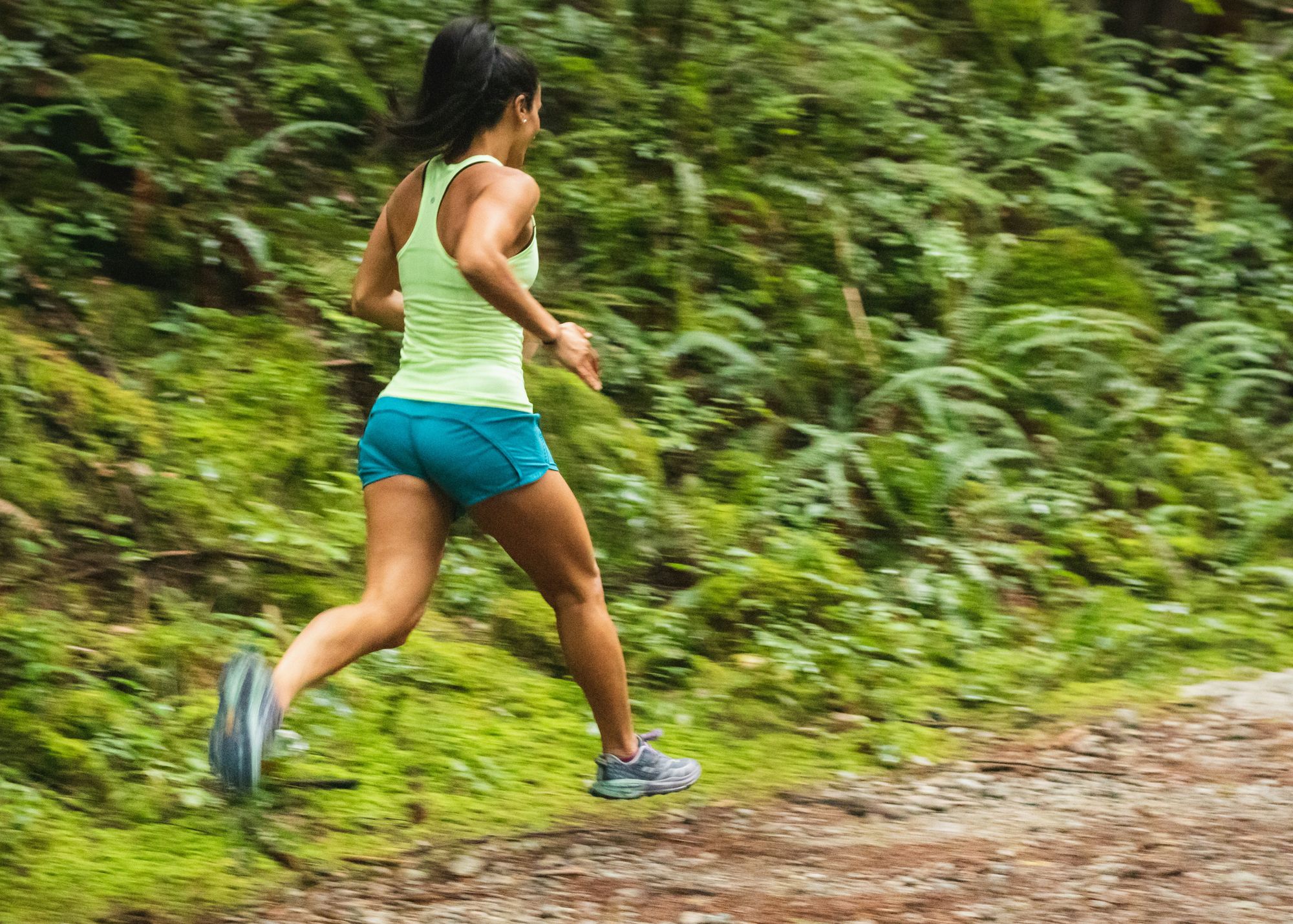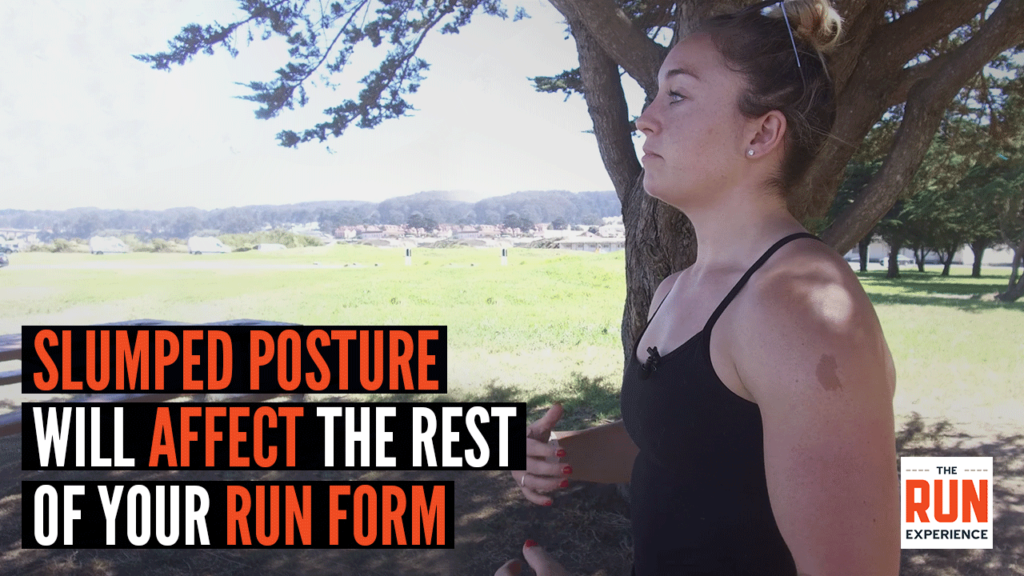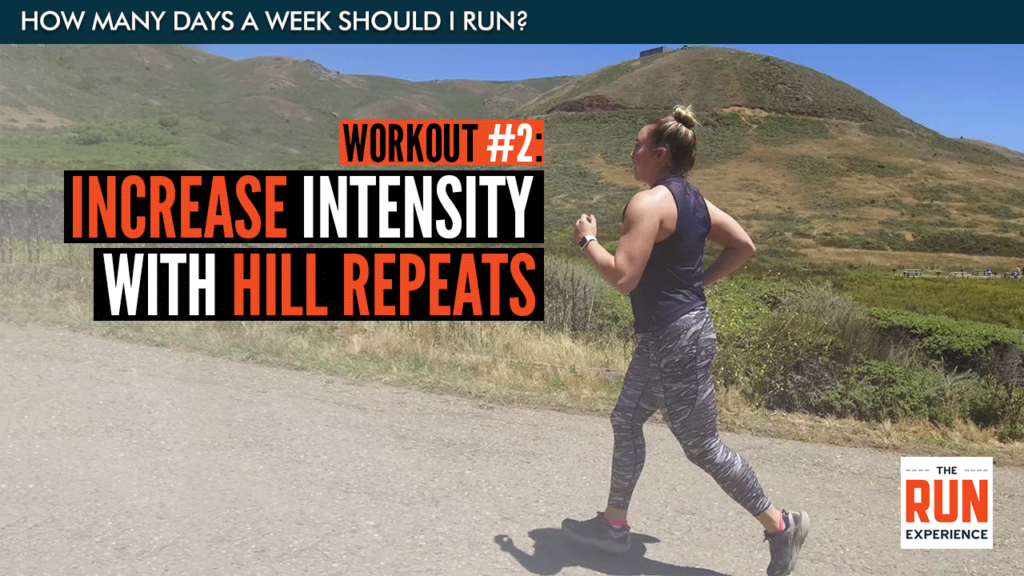Proper Running Form for Beginners (Best Running Technique)
Master the key elements of proper running form to perfect your technique. Learn the best running technique for going faster and longer.

Proper form for running and the best running technique aren’t as natural as you’d think.
Running seems to be one of the easier activities to get into. After all, you just have to put on your shoes, head out the door, and start running, right?
Technically, yes.
But, if you want to ensure a comfortable and injury-free running streak, especially when you’re just getting started, let’s first make sure you’re rocking the proper running form before you take off.
We’ll start at the top and work our way down with pointers along the way.
Proper Running Form for Beginners
First off, why bother to focus so much on your running form? We learned how to run as kids, so isn’t that good enough?
Well, unfortunately, there are a great many lifestyle factors that creep into how we hold and move our bodies, both in day-to-day life as well as out on the run. Everything from slumping over your phone and sitting for hour after hour will impact your posture, movement, and running form.
These less-than-ideal patterns can weaken your arm swing, stress your lower back, and move your feet from a stride to a shuffle. That doesn’t mean you’re stuck with this, though. With some practice with our favorite cues and drills, you can develop a proper running form that will keep you moving well and running injury-free.
Mastering Proper Running Technique: From Head to Toes
Head
Our first point of contact when focusing on correct running form is the head. Again, referencing our commonly forward-slumping lifestyle, this posture won’t serve you well at all when you’re on the run. Not only does it make it harder to see what’s coming up ahead when you’re looking just a couple feet in front of you, but it affects the rest of your body as well.
Forward-leaning head and neck posture will pull your shoulders forward as well, which, as we will talk about in a moment, will affect your breathing, arm swing, and rotation. This helps maintain a slight forward lean.

Instead, focus on keeping your head up and your line of sight farther into the distance. Your chin should be parallel to the ground. Just as looking down doesn’t benefit you, neither does cranking your neck back with an artificially high gaze.
Avoid the Shoulder Hunch
Ditch the tension and hunching of your shoulders to foster a taller, more productive posture. You can think about pulling your shoulder blades down and back–do this often as a reminder to yourself. If, after a few minutes of running, you notice that your shoulders have crept up in a shrug or they just feel tight, this note is for you!
On the other extreme, avoid shoulder slouching. Your arms shouldn’t be dangling by your sides, but they should be held at a controlled 90-degree angle. This puts just the right amount of tension on your upper back. More on that next!
Propel Forward with a Good Arm Swing
Your arms aren’t just along for the ride! They serve a great purpose in helping propel your body forward. Pay attention to the path your arms travel as you run. Do they swing straight back and forth, or are they crossing in front of your body?
If you fall into the latter camp, then you’re likely wasting energy and force in your arm swing. Instead of creating momentum to move forward, you’re creating little tiny rotational movements with every swing and step. Not only does this not help you maintain forward motion, but your core and obliques have to fight this rotation and you might find yourself tuckering out sooner than you want.
Just like with your shoulders, check in with yourself as you run. What path are your arms traveling? Focus on driving your elbows straight back at a 90-degree angle and not letting your hands cross your body as they swing forward.
Balance Those Hips
The start of the lower body chain! The hips are big powerhouses for a runner, and, just like the head and the upper body, they can be the start of creating an imbalance in the lower body.
Whether walking or running, it’s vital to keep the hips well balanced and avoid dumping your weight into just one hip at a time. Think about when you’re standing in line for your morning coffee. Is one of your hips cocked to the side, with all your weight on it and the leg below?
If you’re nodding your head, you’re not alone. It’s so easy to relax into this posture, but with some awareness, you can shore up both sides of your hips to improve your running form.
Considering that running is a unilateral movement, meaning you’re on only one leg at a time, that leg needs to be engaged in such a way that you aren’t dumping all your weight to one side as we described above. Instead, with each footfall, focus on keeping the hips square and level as you transition from one foot to the next.

A dead giveaway that your hips are dropping with each step is if you tend to scuff your shoe on the opposite calf as you swing your leg forward. The only way your foot can contact your opposite calf is if a dipped hip is bringing them closer together than they should be. Again, not the end of the world, but rather a tangible starting point when working to improve your running form.
Control Your Legs
The most obvious player in the running game, the legs are responsible for a lot of the work your body is doing. To get the most bang for your legs’ buck, good running form actively uses the glutes and hamstrings to control the leg, rather than just letting it passively swing back and forth.
This looks similar to how you ride a bike. There’s a balance between pushing your leg down on the pedal and pulling your leg back up to finish the revolution. The same balance exists between your glutes pushing you forward and your hamstrings pulling your leg back up for the next step.
To put it into a movement, think about a high knee mixed with a butt kick. From all the way up in the front with the knees to all the way back with the heel to the butt, a strong, engaged leg will come upright in the middle of those two movements. Both glutes and hamstrings are equally engaged, and you end up with a strong leg drive on the run.
Step Lightly with Your Feet
The final piece of the puzzle! The feet take a lot of impact as you run, but by paying attention you can save them a bit of abuse. Heavy footfalls or shuffling steps both increase the demand on your body as you move forward.
Just like with your arm swing, there’s no sense in wasting energy landing heavily, or in dragging your feet along the ground. Rather, be mindful of your step, and try landing a bit lighter or picking your feet up just a bit faster to save yourself that work and to avoid overstriding.
A light forefoot strike (or mid-foot strike) will save a lot more energy than heavy heel striking habits, lowering your injury risk and putting less stress on your legs.
All the Elements of the Best Running Technique
You’ve got homework! Before trying to incorporate all six elements for the entirety of your next run, we’re going to break it down into smaller chunks.
Choose a time to head out for a 30-minute run on an easy course. Save the killer hills for a different day! Breaking that 30 minutes into 4-minute chunks, you’ll run as you normally do for the first three minutes. Then, in the final minute, you’ll focus on one body part detailed above: head, shoulders, arm swing, hips, legs, feet. That’ll account for the first 24 minutes of your run.
To fully bring everything together, the final six minutes will incorporate all these running tips to work on running with the best form you can. Remember:
- Head parallel to the ground
- Shoulders relaxed
- Arms swinging back and forth
- Hips stable and even
- Legs engaged
- Feet stepping lightly
Whew! Developing good running form–especially in the beginning–can take a lot of practice. Don’t feel like you have to nail everything in the first run. Even starting to bring awareness to your form can help get going in the right direction.
On the other hand, try to avoid practicing this once and then never revisiting it. Just as you might practice hill intervals once a week, try to include these drills throughout your training runs. Proper running technique takes time and repetition to develop. The more you practice, the more natural it will feel–and the stronger runner you’ll become!
Adopt Proper Running Form
It all start with practice and commitment. Learn the proper running form (which is what you’re doing right now), and then put time and energy into adopting the best running technique for your body type.
If you’re ready for even more training tips and programming from us here at The Run Experience, download our app to have it all at your fingertips! From proper running form tips to full training programs, the app will keep you on track with certified running coaches leading the way.
